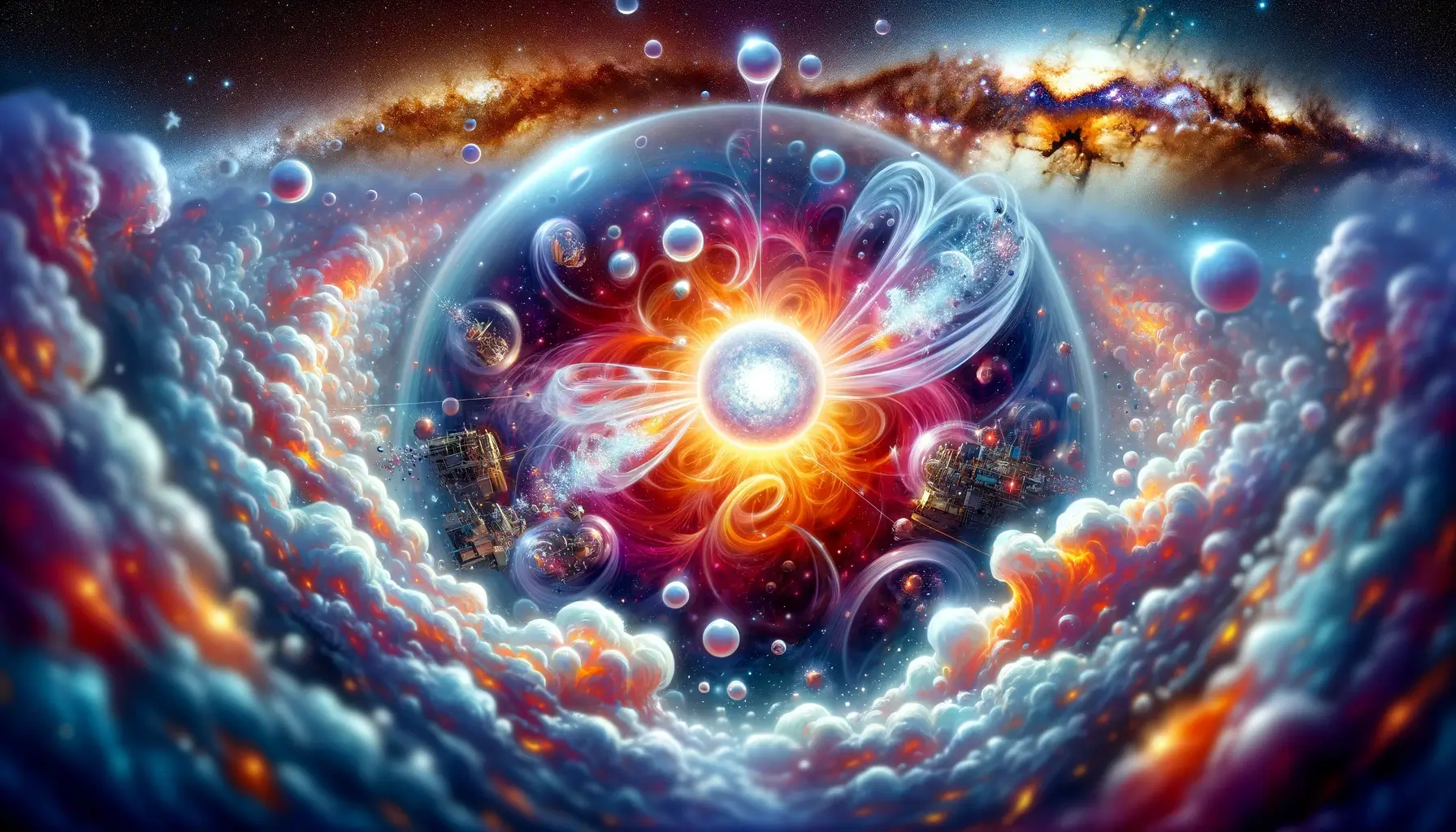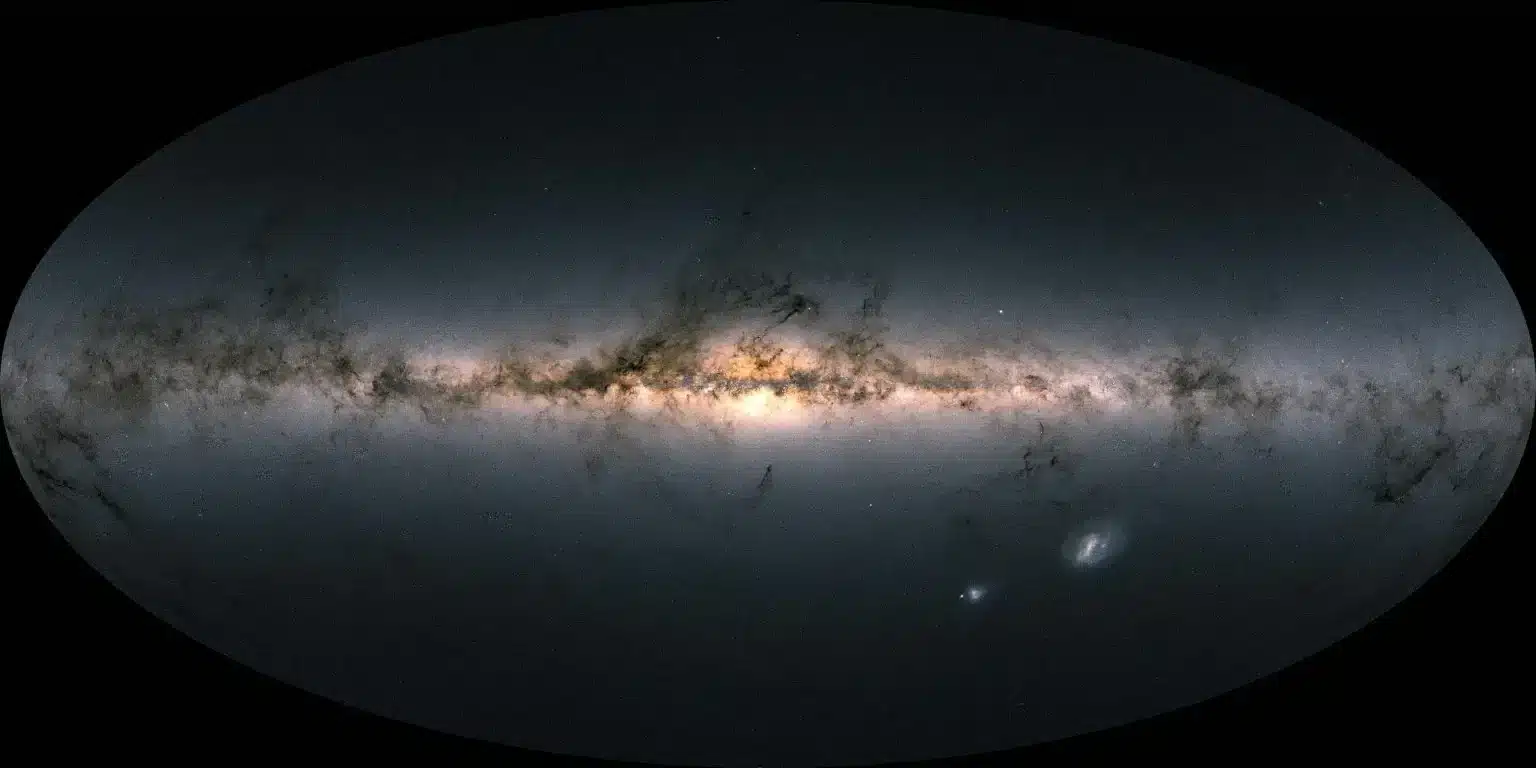According to the new paper, in some white dwarfs, the dense plasma in the interior doesn't simply freeze from the inside out. Instead, the solid crystals that form upon freezing are less dense than the liquid, and therefore want to float, then push the liquid inside

If you open astronomy textbooks to the chapter on white dwarf stars, you will most likely find that they are "dead stars" that continue to cool down over time. A new study published in Nature challenges this theory, using data from the European Gaia satellite to discover why a population of white dwarf stars stopped cooling for more than eight billion years.
"We found that the classic picture that all white dwarfs are dead stars is incomplete," says Simon Bloin, co-principal investigator from the University of Victoria. "In order for these white dwarfs to stop cooling, they must have some way of creating extra energy. We weren't sure how it happened, but now we have an explanation for the phenomenon."
Understanding the age and other aspects of white dwarf stars helps scientists reconstruct the formation of the Milky Way galaxy. In Loin, Antoine Badard of the University of Warwick and researcher Sihao Cheng used Gaia data from 2019 to make the discovery.

More than 97 percent of stars in the Milky Way will eventually become white dwarfs. Scientists have long considered these stars to be at the end of their lives. After depleting their nuclear energy source, they stop generating heat and cool until the dense plasma in their interior freezes into a solid state, and the star solidifies from the inside out. This cooling process can take billions of years.
According to the new paper, in some white dwarfs, the dense plasma in the interior doesn't simply freeze from the inside out. Instead, the solid crystals that form upon freezing are less dense than the liquid, and therefore want to float. As the crystals float to the top, they push the heavier liquid down. The passage of heavier matter to the center of the star releases gravitational energy, and this energy is enough to stop the cooling process of the star for billions of years.
"This is the first time that this transfer mechanism has been observed in a star of any kind, and it's exciting, because it's not every day that a completely new astrophysical phenomenon is discovered," Badar says.
Not sure why this happens in some stars and not others, but Blouin thinks it's probably because of the composition of the star.
"Some white dwarfs are formed by the merger of two different stars. When these stars collide and form the white dwarf, the collision changes the composition of the star in a way that can allow the formation of floating crystals," says Blouin.
White dwarfs are routinely used as age indicators: the colder a white dwarf is, the older it is assumed to be. But because of the additional delay in cooling found in some white dwarfs, some stars of a given temperature may be billions of years older than previously thought.
"This new discovery will not only require changing astronomy textbooks, but will also require astronomers to reexamine the process they use to determine the age of stellar populations," adds Blouin.
More of the topic in Hayadan:
